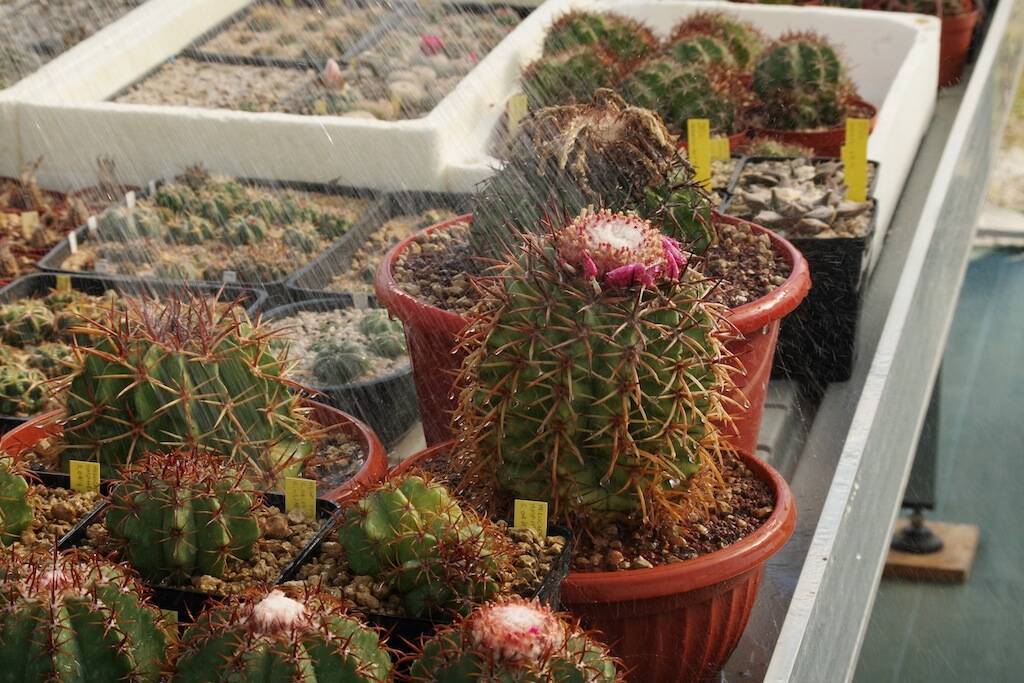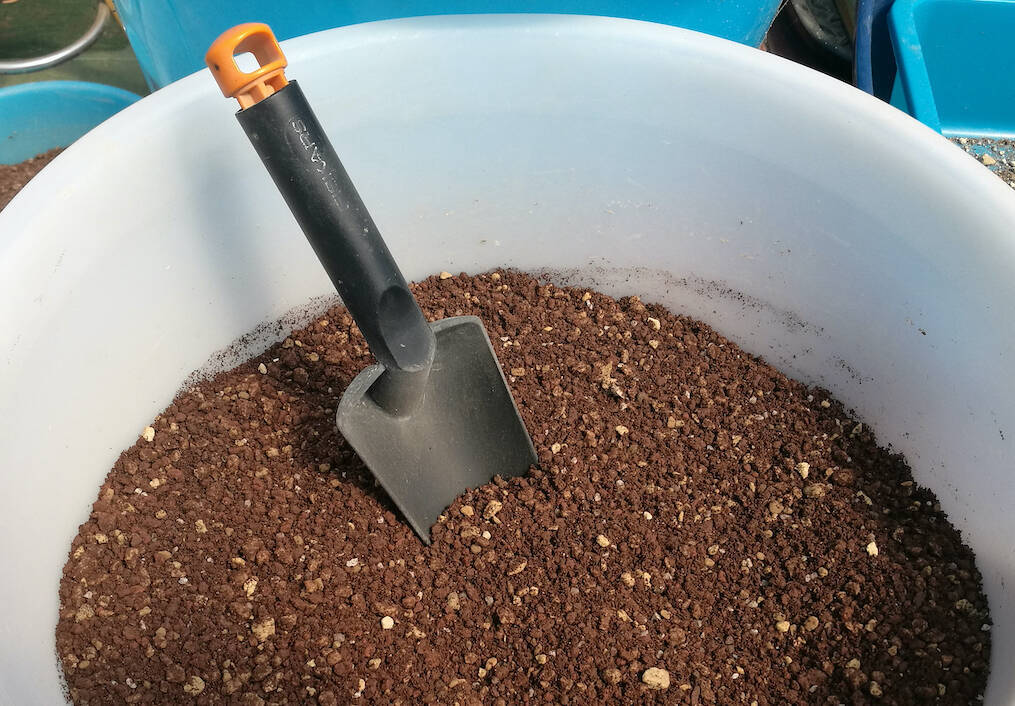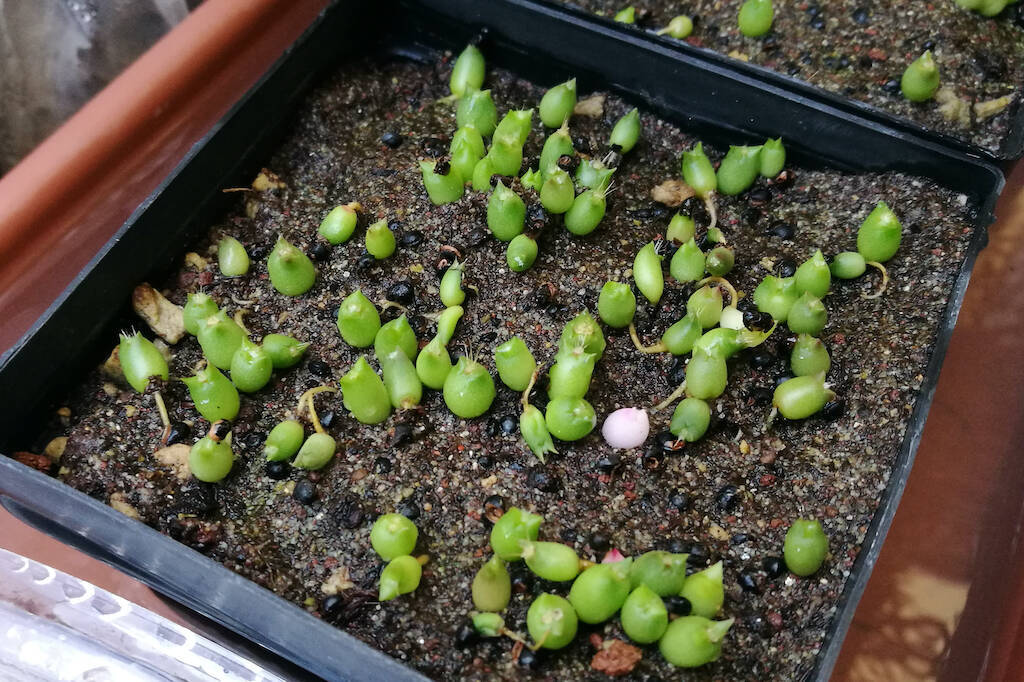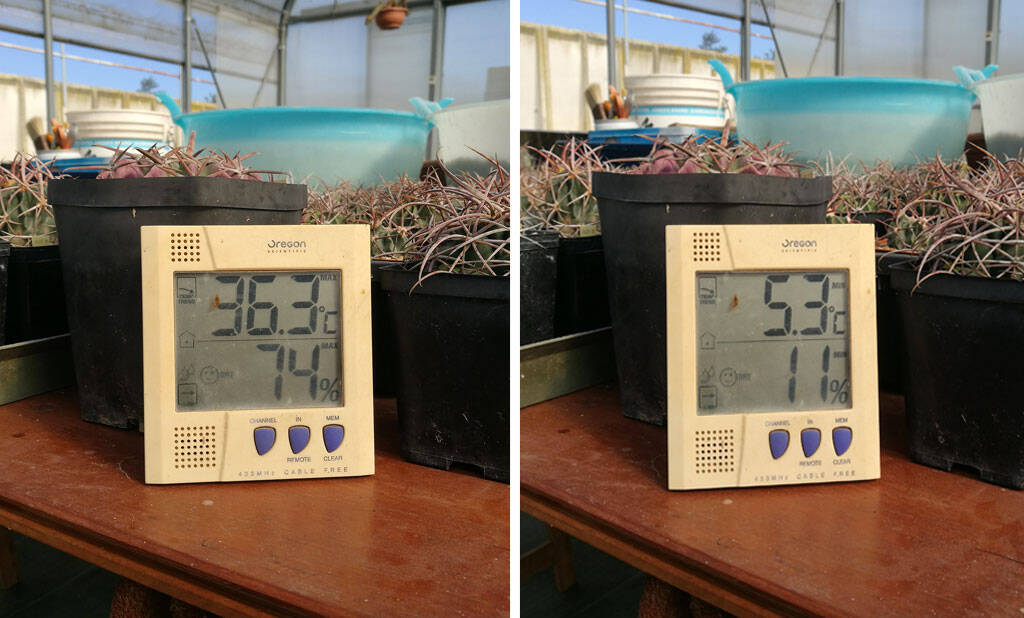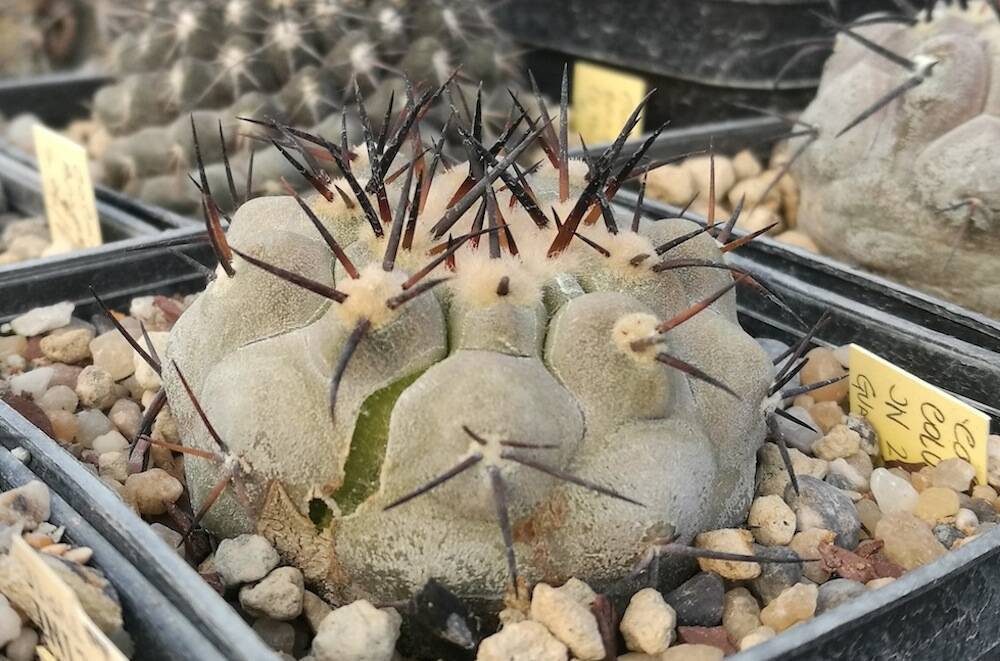The topic is a classic and the question is among the most frequently asked among cactus and succulent growers: until when can I water my plants? In other words, given that – as even less expert growers know – it is advisable to keep cacti cold and dry during the winter months until they can be watered, when exactly should we stop watering? And again: should watering be suspended completely or will it just have to be reduced? Are there cacti that can or should also be watered in autumn and winter? Are there any non-cacti succulent plants, especially those with leaves, which need to be watered even in the winter months, otherwise the branches and leaves will wither? It is clear that part of the answer to these questions can vary according to the place where we grow plants (there is a big difference, just to give an example in the Northern hemisphere, between Sicily and Great Britain, Spain or Germany), but in principle it can be said that there are many fixed points that every grower must know and respect in order for his succulents to grow healthy and robust and to flower profusely. Above all, there are some fixed points that must be respected to avoid, quite simply, rotting our cacti and succulent plants during the winter or early spring.
And since the period in which most of the cacti and succulents will go into vegetative stasis is approaching, it is advisable to deepen these fixed points and learn to at least distinguish the macro-water needs of the various families of succulents. This is exactly what we will do in the following article (…)
Per proseguire nella lettura dell'articolo Accedi o Abbonati
To continue reading the article LogIn or Subscribe


